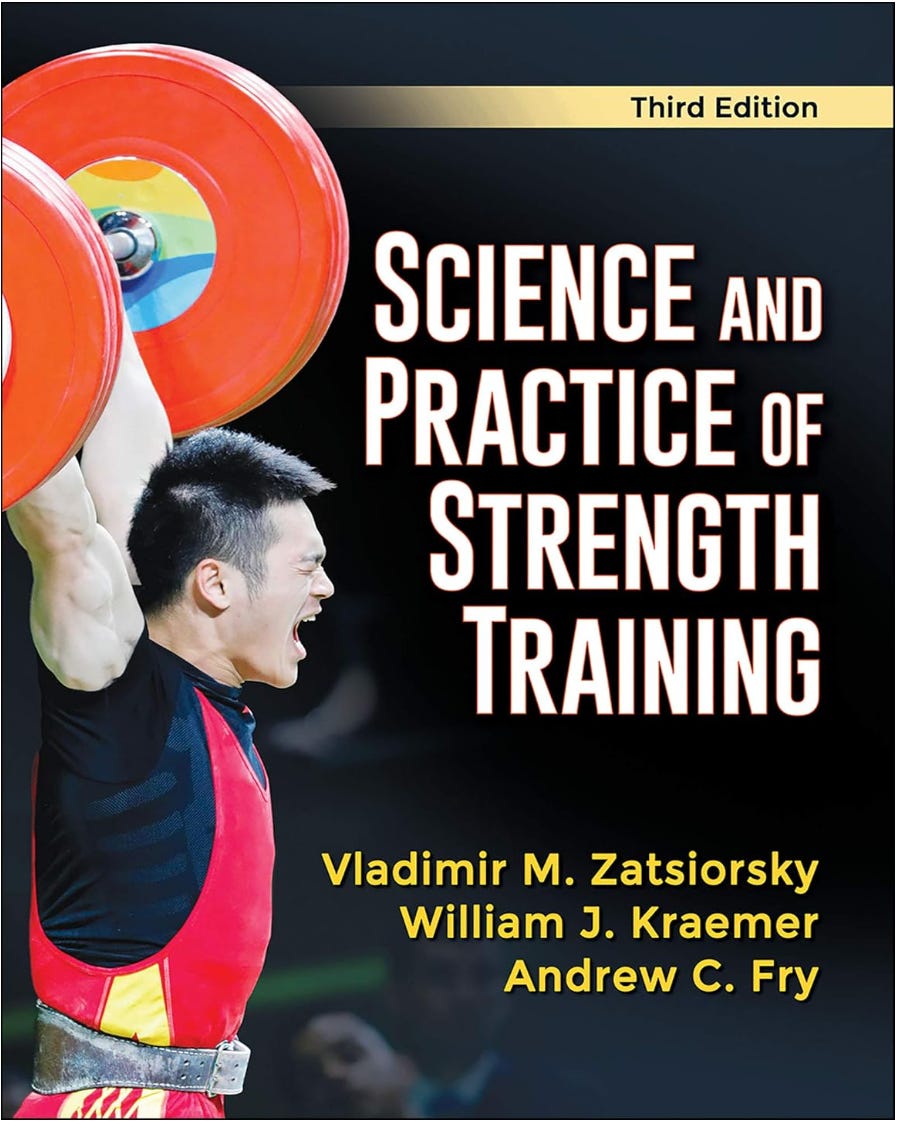The Bookshelf October 2025
Science and Practice of Strength Training
For anyone who's serious about getting strong, Zatsiorsky's Science and Practice of Strength Training is a book you simply have to read. It's not a program book full of cookie-cutter workouts, which is exactly why it's so valuable. Instead, it lays out the foundational scientific principles that govern how and why we get stronger. It’s the kind of dense, no-nonsense text that's often called a "textbook," and for good reason—it’s the backbone of a lot of what we know about training today. It breaks down complex ideas like the force-velocity relationship, the dual-factor theory of fatigue and recovery, and the different types of strength. You'll finish this book with an understanding that's deeper than just knowing how to do an exercise; you'll understand why that movement matters, and how it contributes to the overall process of adaptation.
Historically, this book's importance can't be overstated. It was one of the first major works to bridge the gap between the training methodologies of the old Soviet and Eastern Bloc systems and the Western world's approach. This was a massive deal. Back in the day, the Eastern Bloc countries were dominant in sports like weightlifting and gymnastics, and their training was seen as this mysterious, almost unattainable art form. Zatsiorsky, having worked with top Soviet athletes, brought a lot of that "secret" knowledge into the light, explaining the principles behind their success. This book took what was largely anecdotal and turned it into a structured, understandable science that coaches and athletes everywhere could learn from. It’s a landmark publication that helped forge the modern field of strength and conditioning.
Now, how does this apply to us in high-skill sports like climbing? Or in any sport where you are juggling multiple energy systems and levels of skill? The key is in understanding Zatsiorsky’s principles of dynamic correspondence. He explains that strength isn't just one thing. There's maximal strength, explosive strength, strength-speed, and so on. For a high-skill sport, you need to develop the specific type of strength that translates directly to the performance environment.
It's not about bench-pressing as much as possible; it’s about making your climbing easier by training the muscles and movements used in the sport. The book gives you the tools to analyze any sport's demands and build a program that makes you better at that sport, not just stronger in the gym. It's about working smarter, not just harder.


